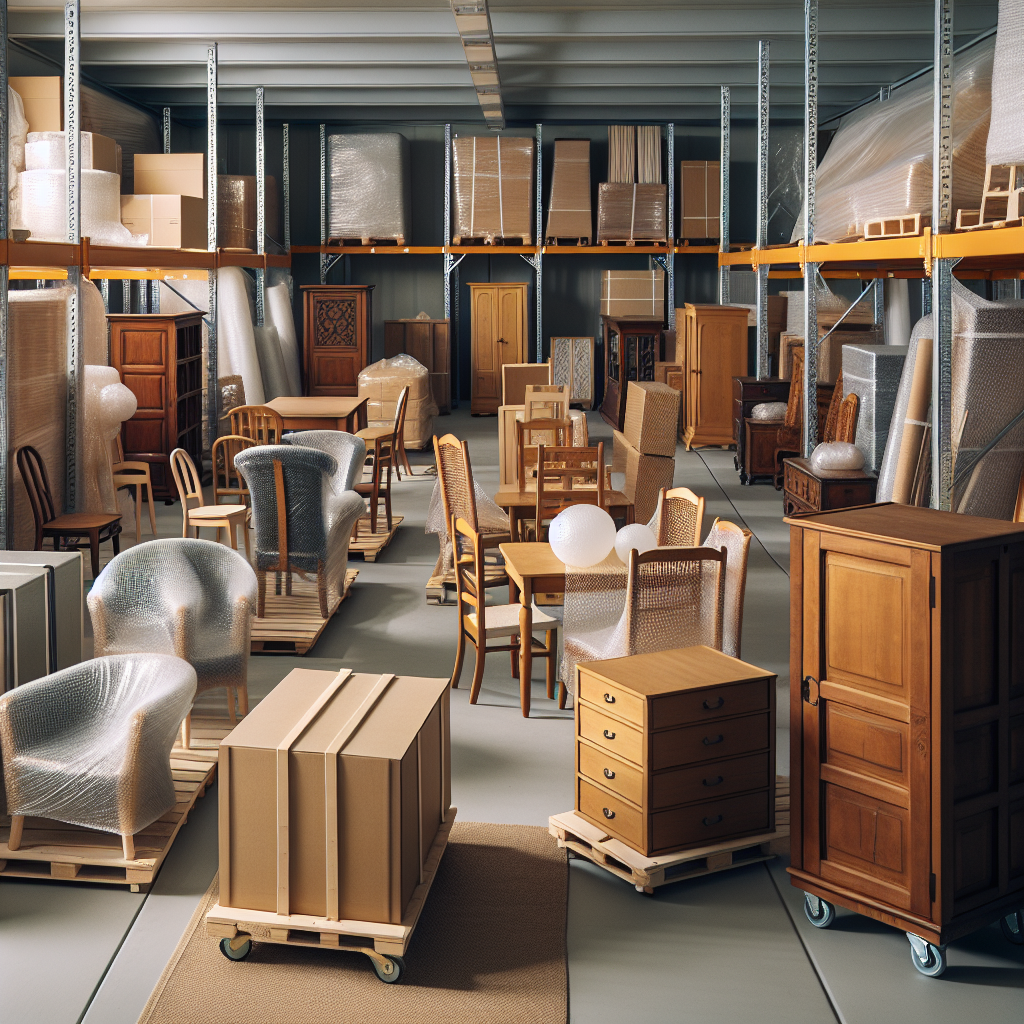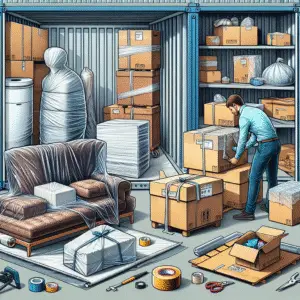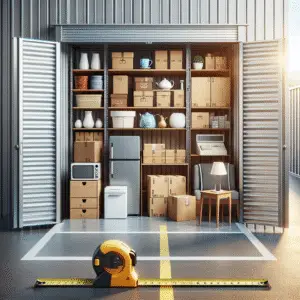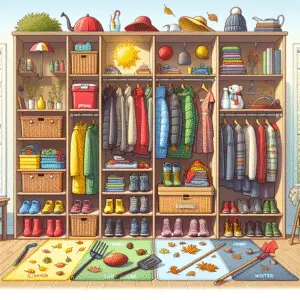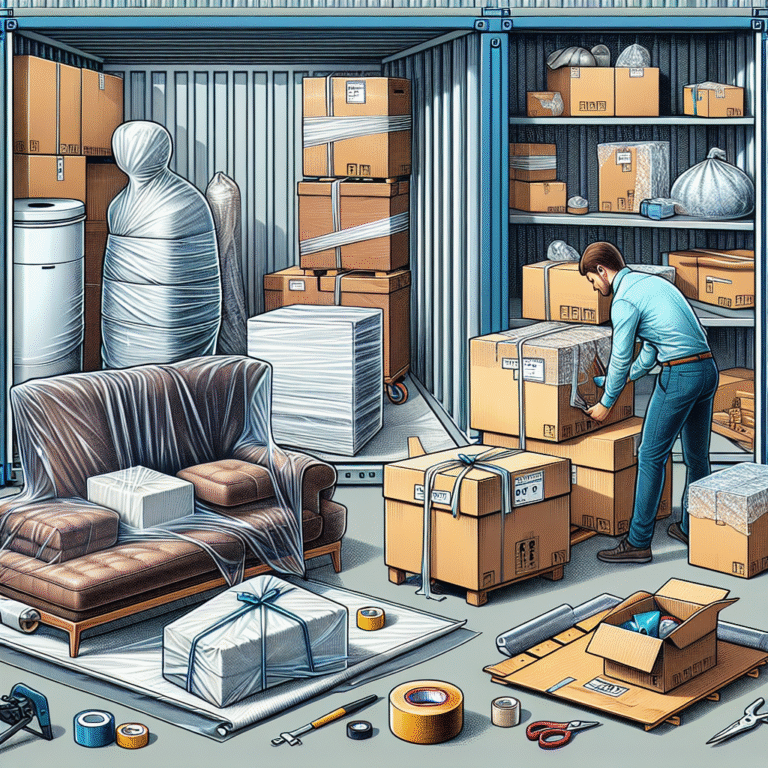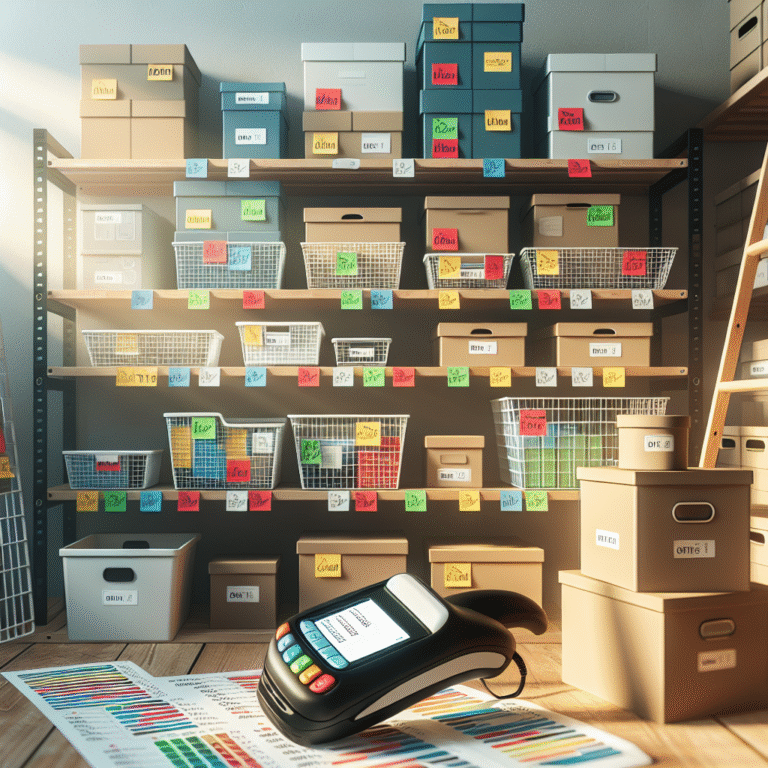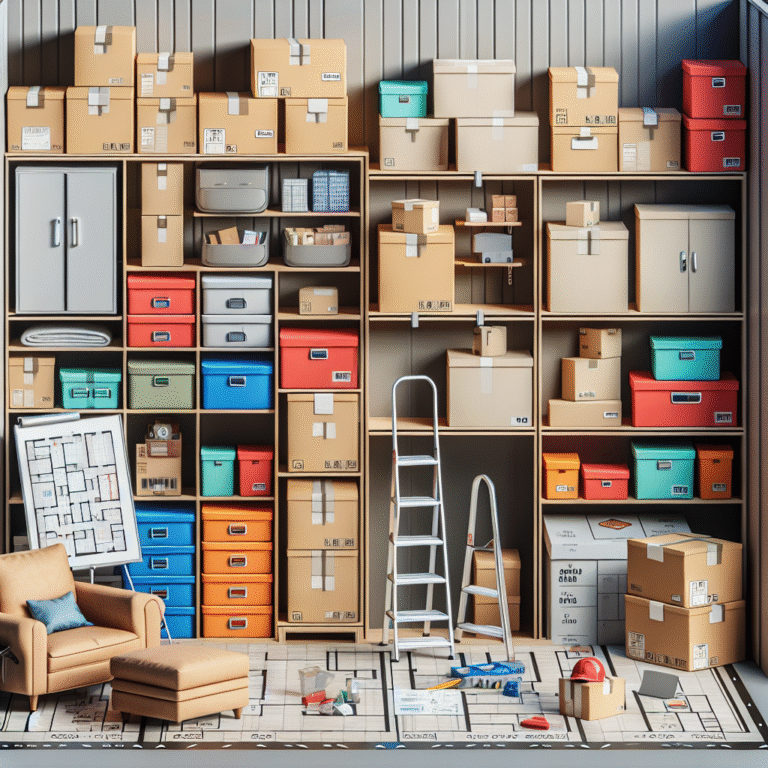Furniture Storage Tips: Preventing Damage During Transition Periods
Every year, Americans spend over $39 billion on storage solutions, with furniture storage being one of the most challenging aspects of moving or renovating. Whether you’re downsizing, relocating, or simply need temporary storage during home improvements, protecting your valuable furniture investments requires more than just throwing items into a storage unit and hoping for the best. Recent studies show that up to 65% of furniture damage during storage could be prevented with proper preparation and techniques.
Understanding Your Furniture Storage Needs
Before diving into storage solutions, it’s crucial to assess your specific requirements. Different materials demand different care approaches – wooden furniture requires protection from moisture, leather needs breathing room, and upholstered pieces must be guarded against pests and mold. Consider whether you need short-term storage for a quick renovation or long-term solutions for an extended period.
Preparing Furniture for Storage
Proper preparation is your first line of defense against damage. Start by thoroughly cleaning all pieces to remove dust, dirt, and potential pest attractions. Use appropriate cleaning products for each material type – wood cleaner for wooden furniture, leather conditioner for leather pieces, and fabric cleaner for upholstery. Take photos of your furniture from multiple angles to document their pre-storage condition.
Disassembly and Wrapping Techniques
Break down larger pieces whenever possible, keeping all hardware in labeled plastic bags securely attached to the corresponding furniture piece. Wrap wooden furniture in breathable materials like moving blankets or bubble wrap, securing them with packing tape. For upholstered items, use plastic wrap as the first layer to prevent dust accumulation, followed by a protective covering.
Climate-Controlled Storage: A Necessity or Luxury?
Temperature fluctuations and humidity can wreak havoc on furniture. Climate-controlled units maintain consistent conditions, typically between 55-85°F with 55% humidity levels. While these units cost 25-50% more than standard storage, they’re essential for valuable pieces, antiques, or long-term storage needs.
Strategic Placement in Storage Units
Create a strategic layout that maximizes space while protecting your furniture. Place heavier items on the bottom and lighter pieces on top. Use pallets or wooden blocks to elevate furniture off the floor, preventing moisture damage. Leave pathways between items for air circulation and accessibility.
Common Storage Mistakes to Avoid
Don’t stack items directly on top of upholstered furniture. Avoid pressing furniture against walls where condensation might occur. Never store furniture in plastic sheets for extended periods, as this can trap moisture and promote mold growth.
Long-Term Storage Solutions
For storage exceeding six months, implement additional protective measures. Apply protective oils or waxes to wooden surfaces before storage. Consider using specialty covers designed for long-term furniture storage. Schedule periodic checks every 3-4 months to catch any potential issues early.
Affordable Storage Alternatives
If budget constraints are a concern, consider creative solutions like shared storage spaces or portable storage containers. Using proper packing materials doesn’t always mean buying expensive supplies – clean blankets, towels, and properly treated cardboard can provide adequate protection when used correctly.
Maintenance During Storage
Regular maintenance is crucial for long-term storage success. Check your unit every few months for signs of pest infestation, water damage, or mold growth. Adjust furniture positions periodically to prevent permanent impressions in carpets or upholstery.
Final Storage Tips for Success
Create a detailed inventory with photos and condition notes for insurance purposes. Label all wrapped pieces clearly to avoid unnecessary unwrapping. Keep important items accessible near the front of your unit. Consider insurance options specifically designed for stored furniture.
Remember, successful furniture storage is an investment in preserving your valuable pieces. While proper storage might require more initial effort and potentially higher costs, it’s significantly less expensive than replacing damaged furniture. By following these guidelines and choosing appropriate storage solutions, you can ensure your furniture remains in excellent condition until you’re ready to use it again.

